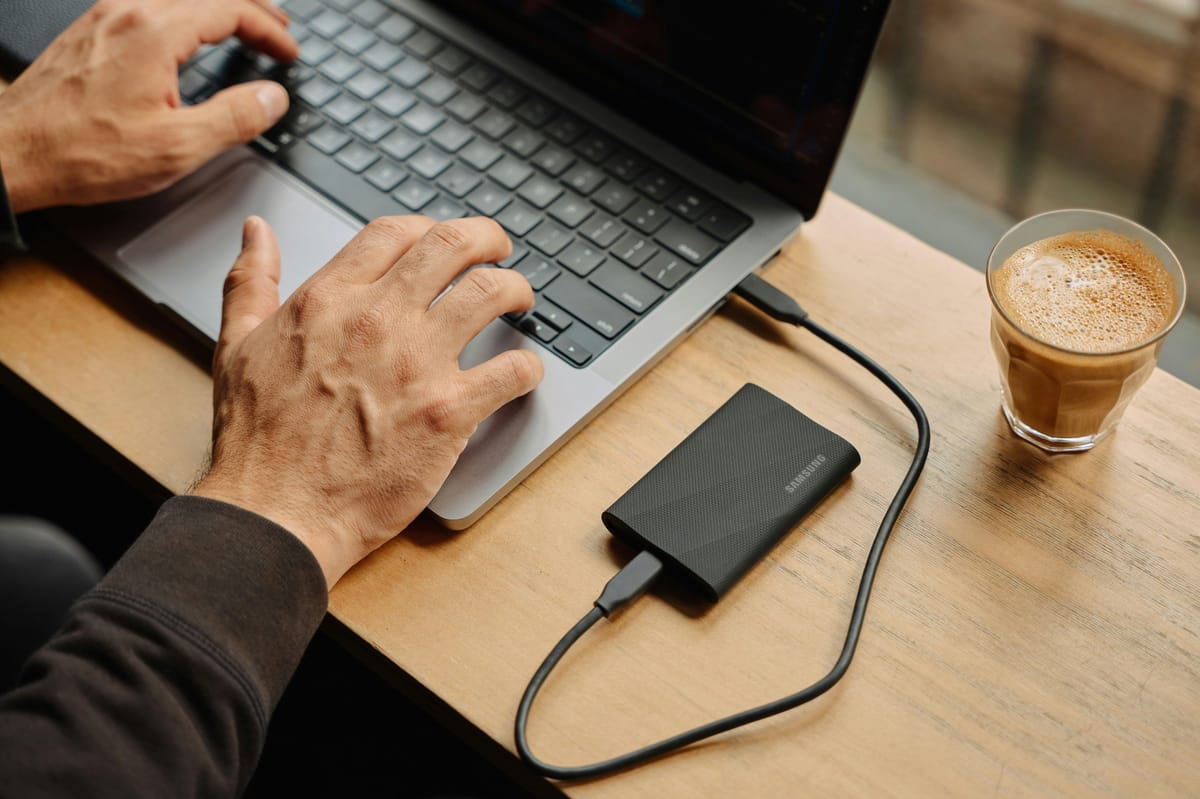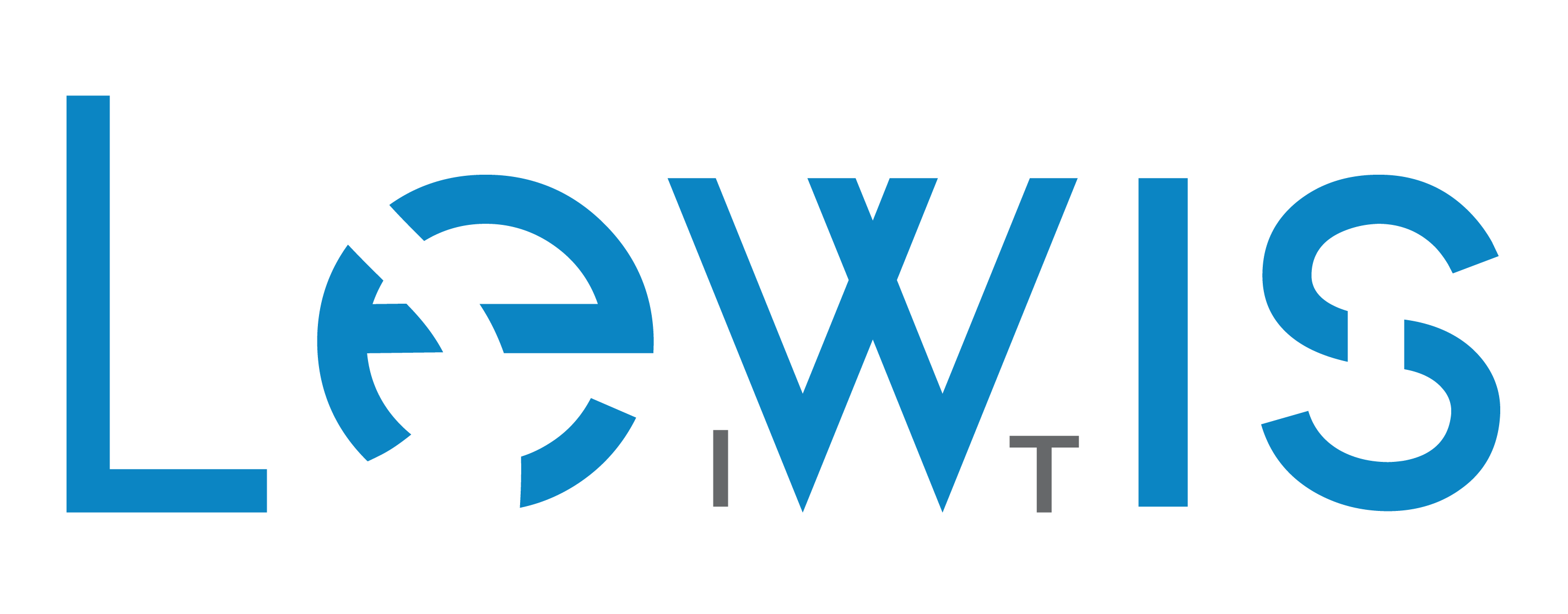How Much Device Storage You Need: A Comprehensive Guide

Device storage plays a pivotal role in determining how many applications, photos, videos, and files you can keep on your device. Insufficient storage can hinder productivity and degrade device performance. However, selecting the appropriate storage capacity can be challenging, often leading to underestimating or overestimating your actual needs. This comprehensive guide will assist you in determining the optimal storage capacity for your devices, ensuring efficiency and cost-effectiveness.
Understanding Device Storage
Device storage refers to the space available on your smartphone, tablet, laptop, or desktop computer for storing data such as applications, photos, videos, and documents. When storage reaches its limit, you may be unable to save new files, leading to decreased productivity and potential performance issues. In such cases, you might need to invest in additional storage solutions or consider upgrading your device.
There are two primary types of storage:
- Internal Storage: Built into the device and typically faster, but cannot be removed or expanded in most cases.
- External Storage: Includes options like SD cards and USB drives, which can be added or removed as needed, providing additional space but may operate at slower speeds.
Different devices offer varying storage capacities:
- Smartphones: Most start at 64GB, with high-end models offering up to 1TB. iPhones lack SD card slots, while many Android phones support expandable storage. LinkedIn
- Tablets: Typically range from 32GB to 256GB, with some models allowing memory card expansion. LinkedIn
- Laptops: Generally come with 128GB to 1TB of storage, often with options for upgrades. LinkedIn
- Desktops: Commonly equipped with 1TB to 4TB of storage, with the flexibility to add more if needed. LinkedIn
Determining Your Storage Needs
Your storage requirements depend on your usage patterns. Consider the following user categories:
Basic Users
If your activities primarily involve web browsing, emailing, and occasional photo-taking, 64GB of storage should suffice. This capacity accommodates essential apps and a modest photo library.Support Stack
Average Users
For those who frequently use apps, take numerous photos, and store some videos, 128GB to 256GB is recommended. This range supports a broader array of applications and a more extensive media collection.Support Stack
Power Users
Individuals engaged in activities like video editing, maintaining large game libraries, or extensive photo collections should consider 512GB to 1TB of storage to ensure optimal performance and space.
Professional Users
Professionals dealing with 4K video production, large datasets, or high-resolution photo editing may require 1TB or more to accommodate their intensive storage needs.
Managing Device Storage Efficiently
Optimizing your device's storage can prevent performance issues and prolong its lifespan. Here are some strategies:
- Utilize Cloud Storage: Services like Google Drive or iCloud allow you to store files online, freeing up device space.
- Delete Unused Apps: Regularly remove applications you no longer use to reclaim storage.
- Clear Cache Regularly: Apps accumulate temporary files that can consume significant space; clearing these can free up storage.
- Stream Media: Opt for streaming music and videos instead of downloading them to save space.
Identifying Storage-Intensive Files
Certain types of data consume more storage than others:
- Videos: High-definition videos, especially 4K recordings, can occupy substantial space.
- Photos: High-resolution images accumulate quickly, leading to significant storage usage.
- Games: Modern games often require large amounts of storage, sometimes exceeding 100GB each.
- Apps: While many apps are small, some, particularly editing tools, can be quite large.
Solutions for Insufficient Storage
If you find yourself running out of storage:
- Add External Storage: Utilize SD cards or external drives to expand your device's capacity.
- Upgrade Your Device: Consider devices with higher internal storage to meet your needs.
- Leverage Cloud Solutions: Store files in the cloud to free up local storage.
Selecting the Right Storage for New Devices
When purchasing a new device, assess your usage habits:
- Media Consumption: Do you frequently download movies or music?
- Photography/Videography: Do you take numerous high-resolution photos or videos?
- Application Usage: Do you use storage-intensive applications or games?Support Stack+1the-sun.com+1
Choosing a device with slightly more storage than your current needs can accommodate future requirements.
Understanding and managing device storage is crucial for maintaining optimal performance and ensuring you have sufficient space for your needs. If you have further questions or require personalized assistance in selecting the right device storage, Lewis IT is here to help. Contact us for expert advice tailored to your specific requirements

